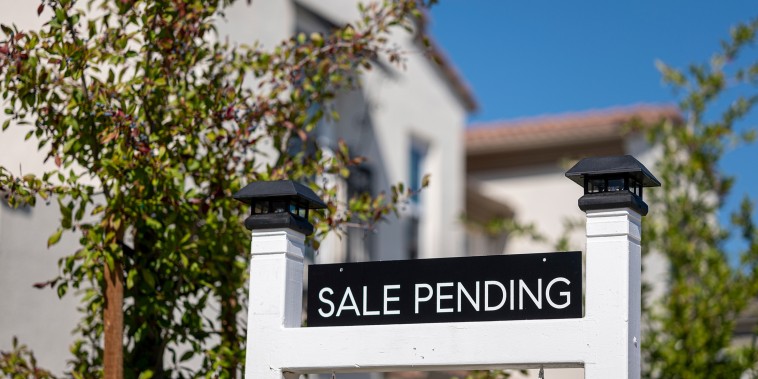Mortgage interest rates continue to climb, putting homeownership further out of reach for many potential buyers.
On Monday, the average interest rate on 30-year mortgages rose to 7.48%, according to Mortgage News Daily — the highest level since November 2000.
Other measures show slightly lower, if still-elevated, interest rates.
Mortgage rates have nearly tripled in the span of just a couple of years from the lows seen during the height of the pandemic. As recently as January 2021, the average 30-year rate had dipped to 2.65%.
Mortgage rates are closely tied to bond yields, which themselves have been rising for a host of reasons. One of those reasons is simply that the U.S. economy continues to see steady growth. That upward movement means there is less demand for assets like Treasury bonds that are considered safer.
Demand for bonds is also being affected by the U.S. government’s ongoing borrowing efforts: As deficits increase, so does the supply of Treasury debt on the market — and greater supply means lower prices. Bond yields increase when prices go down.
Finally, investors are demanding higher yields because they fear inflation is likely to persist. The Federal Reserve has signaled it intends to keep interest rates higher for longer to combat that inflation.
After rising for 10 consecutive quarters starting in fall 2020, the median U.S. home sale price has now declined for two straight quarters, to $416,100, according to federal economic data. That is still $87,100 above the quarter just before the pandemic, or an increase of 26.4%.
A person who buys that median-priced home with a 20% down payment and an average interest rate would have a monthly mortgage payment of about $2,300.
According to data from the mortgage services and technology firm Black Knight, this is the least affordable homebuying market in the U.S. in nearly four decades.

